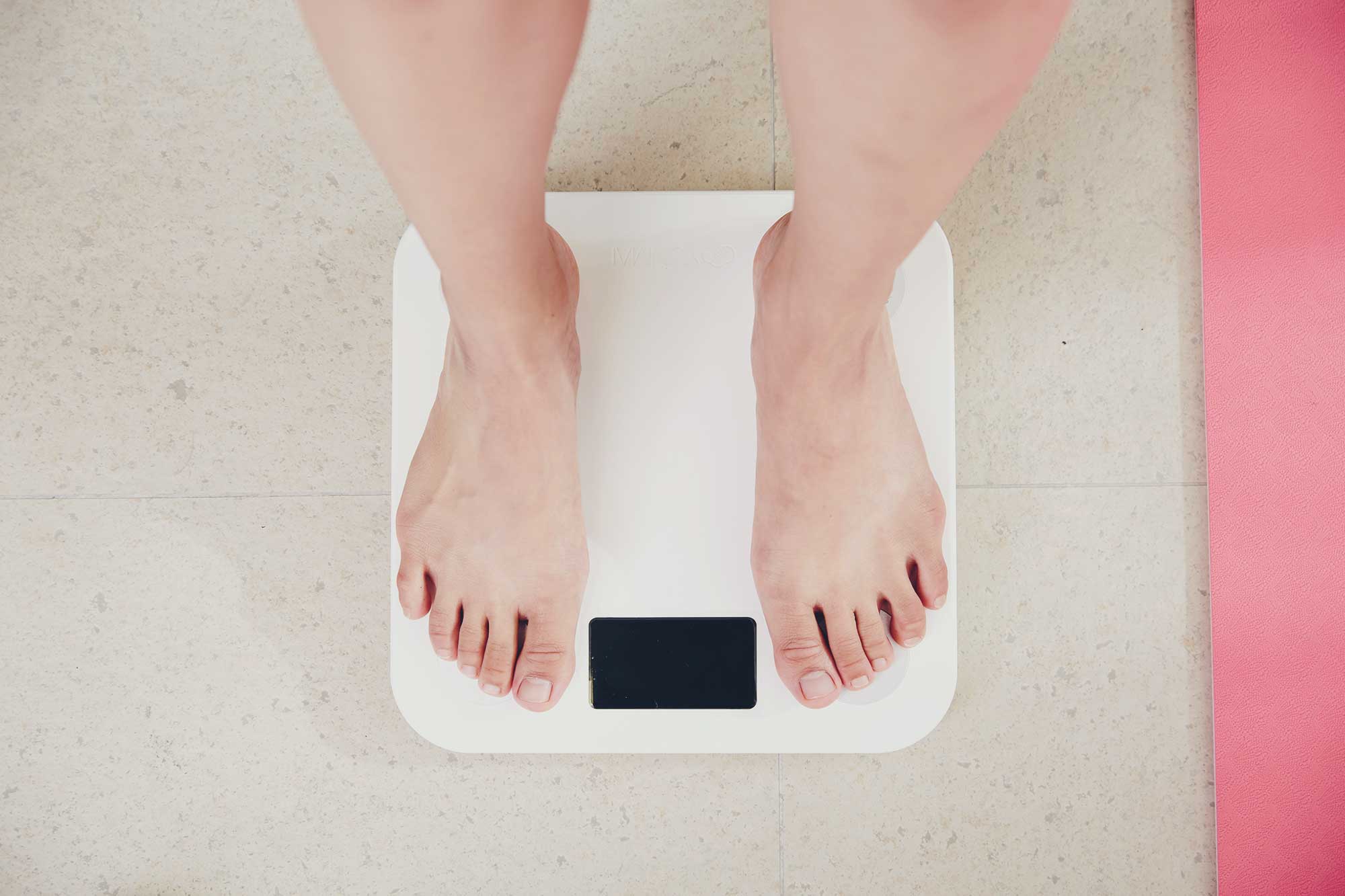Do you think the best and easiest way to lose weight is by restricting what you eat? If you said yes, you are certainly not alone. However, it is very important to understand that restrictive dieting is unhealthy for your mind and body, and there are healthy, alternative methods to losing weight and keeping it off for good.
Many people face challenges when attempting to diet or restrict their food intake. Some of these challenges include emotional and/or stress eating, lack of planning, cravings, large portion sizes, not knowing what to eat, persuasive marketing, and of course poor-quality nutrition information that is rampant on the internet and media.
Do you have a comfort food you turn to when you feel stressed or emotional? If so, you are like millions of other people. The fact that stress and emotions can influence food choices is not news. However, one of the best things you can do is to choose a balanced, healthful eating pattern. Rather than eating an exclusively low-sugar or low-fat diet, focus on your overall daily eating pattern. No matter the fad diet in the news today, fruits, vegetables, whole grains, lean proteins, and healthy fats will always be your best bet.
Plans change, it’s inevitable. Healthy eating on the run is possible though. Believe it or not, the greater majority of restaurants have great options to keep you on track. Take time to look at the menu and make a selection that will leave you feeling good. Some restaurants even have a “healthier” options section. If you would like to read more about eating on the run, check out tips the Academy of Nutrition and Dietetics offers at www.eatright.org.
When people attempt to follow a restrictive diet or cut out food groups, cravings can become more extreme. If you crave something like candy, it is a good idea to keep some smaller pieces on hand. This might sound easier said than done, but do your best to enjoy the experience, eat it mindfully, and put it away when you feel satisfied. When you always have this food you crave on hand, you are less likely to overindulge on it!
Portion, portion, portion! Portion size is known as the amount of food you eat. The amount of food you eat plays a huge role in your energy levels, cravings, mood, and weight. For healthy eating guidelines and proper measurements of different food groups, check out https://www.myplate.gov/.
We all know our bodies need the right nutrients for lasting energy throughout the day. However, with all of the misinformation out there, how do we know what we should be eating? Your best bet is to enjoy nutrient-rich foods from a variety of food groups.
- Fruits and vegetables are filled with vitamins and minerals that are crucial for overall health.
- Whole grains contain fiber which helps you feel full longer. Consider switching out pastas, breads, and rice with whole grain options like brown rice, quinoa, or 100% whole grain breads.
- Low-fat dairy options like cheeses, milks, and yogurts provide your body with calcium for strong bones and vitamin D for hormone health.
- Lean sources of protein such as chicken, seafood, lean beef, beans, and lentils help repair and build muscle. It is a good idea to choose baked meats rather than fried to limit saturated fats.
Persuasive marketing has taken nutrition and supplementation to another level. Pieces of poor nutrition information spread like viruses through the media and self-proclaimed nutrition gurus. The take home message- be aware of packaging and ads as they can be misleading and always take what you hear with a grain of salt.
Some helpful tips can be found at the resources listed at the end of this article:
- Want to know how to set realistic weight loss goals? (Deb Knobelman, P. 2021)
- Curious about what a healthy weight loss plan might look like? (Ellis, R. n.d.- Back to the Basics)
- Here you can find tips on a healthy eating pattern. (Clark, P (n.d.))
- Nutrient rich diet tips can be found here. (Ellis, R. (n.d.)- Tips for choosing a nutrient-rich diet)
- It’s best to stick to the basics when losing weightcheck out this article. (Ellis, R., n.d.- Back to the Basics)
- The Dietary Guidelines, MyPlate, and food label (Resources. n.d)
Have you ever considered working with a registered dietitian? Registered dietitians have completed multiple years of education backed by science and research. They will partner with you to develop a safe and realistic eating plan that can help you reach your weight and health goals!
Find out more at www.uwac.com









Get Social